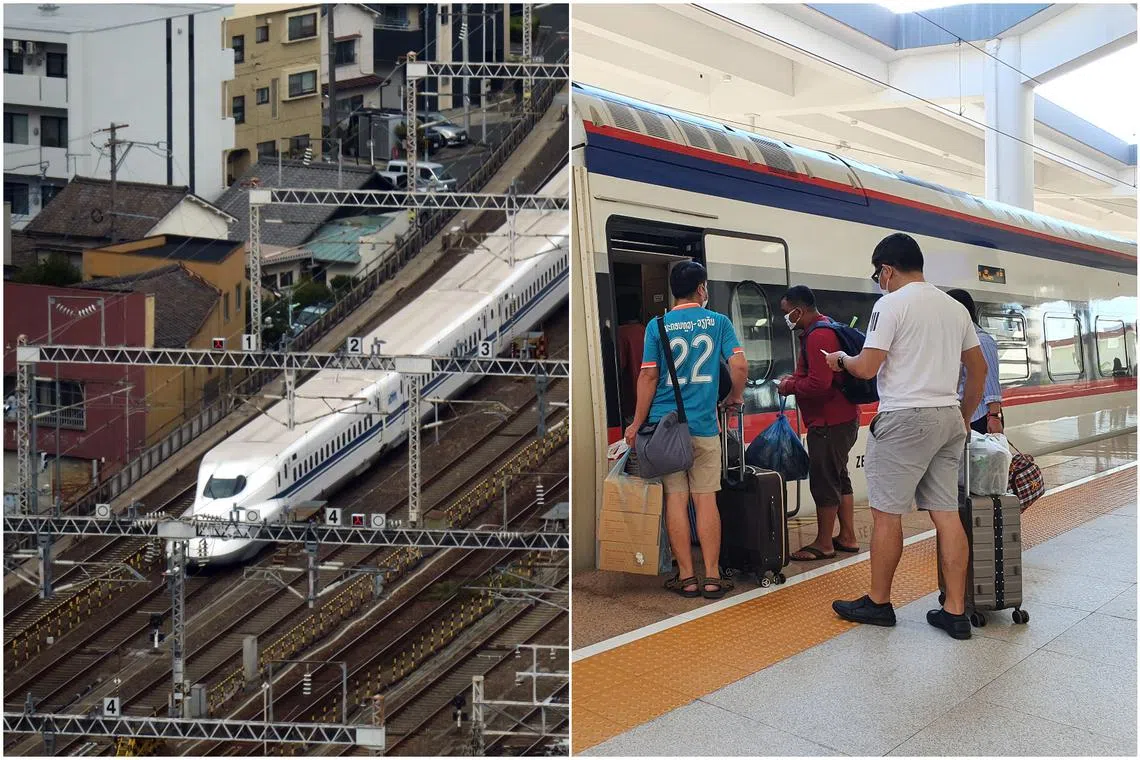Asian Insider
Asia’s need for speed: How bullet trains transform lives and boost growth
From Japan’s storied shinkansen to China’s vast 40,000km network of high-speed rail, Asia’s bullet trains have been transforming lives and boosting growth. Asian Insider looks at the future of high-speed rail in the region as China and Japan vie to help countries build their own systems.
Sign up now: Get insights on Asia's fast-moving developments
Follow topic:
The shinkansen: Japan’s beloved national icon is the essence of its innovation
Nineteen-year-old Sougo Ito counts himself first as a train otaku (geek), then a pop idol with nine-member Japanese boyband Super Dragon.
His Instagram profile picture, of him decked out in a train conductor outfit, bears this out. He devotes most of his social media presence to his passion for trains – both high-speed and local – rather than his pop-star activities, and professes “sadness” at old trains being decommissioned.
“Since I was little, I have been going to Tokyo station just to watch the shinkansen,” he said. “I fell in love with how it connects people together and bridges them with their hopes and dreams, by running every day and ferrying them to their destinations.”
Battle for high-speed rail contracts hots up between Japan and China

India picked Japan, while Indonesia chose China to build their countries’ first high-speed rail (HSR) lines.
Japan was the world pioneer in HSR technology when the shinkansen began service in 1964, connecting Tokyo and Osaka.
But India is only the second export destination of its HSR systems, coming after Taiwan, where there is now a 350km network with top speeds of 300kmh.
How China’s high-speed rail network became the world’s largest

China’s high-speed-rail network offers seemingly endless destinations to visit.
The Straits Times
Up till about 2008, rail travel in China consisted of ageing railways: slow and often uncomfortable trains that plodded their way across the sweeping countryside. A journey from Beijing to Shanghai could take up to half a day.
But in the 14 years since launching its first high-speed rail service – a Beijing to Tianjin line to coincide with the Beijing Olympics – China now boasts the world’s largest high-speed rail network with more than 40,000km of rail lines connecting all major cities.
Nearly three-quarters of these lines were built in the past decade, making the project one of China’s most successful large-scale infrastructure ones.

